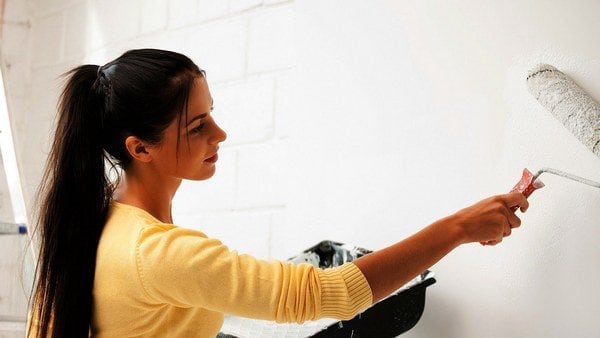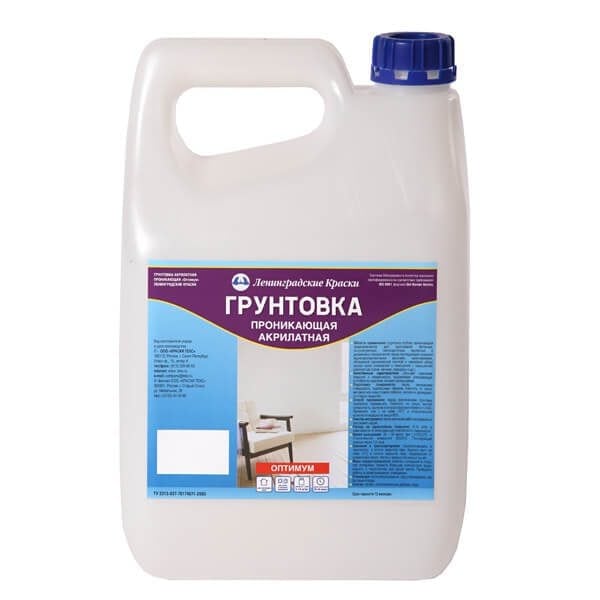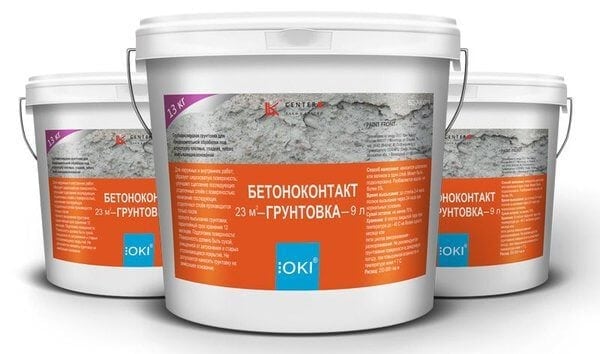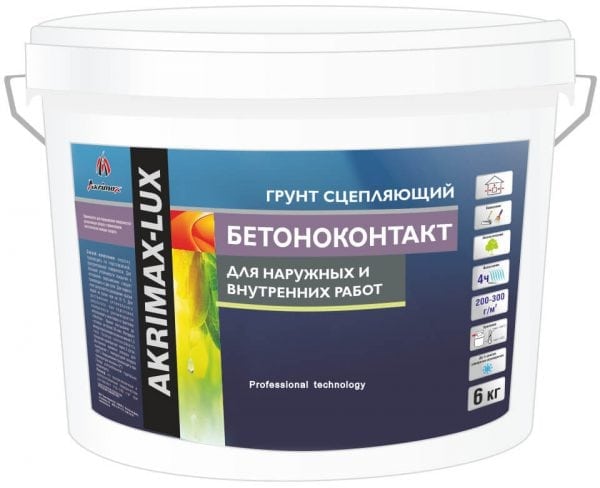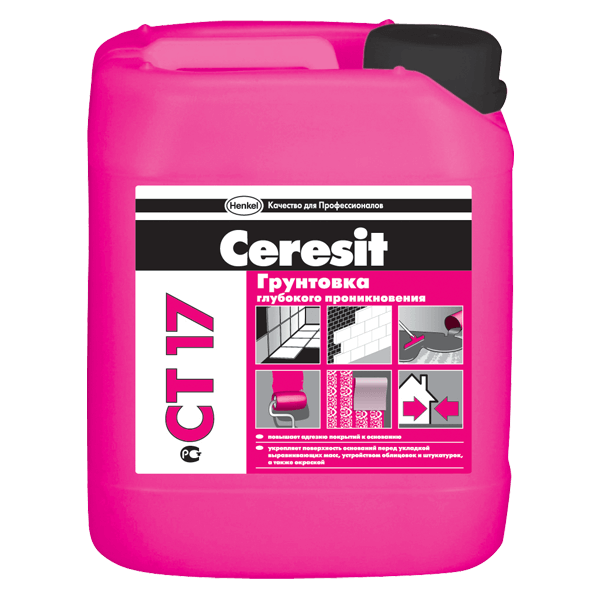The process of priming walls, floors or ceilings is a key stage in the repair process, without which it is impossible to complete the finish with high quality. Proper application of the primer mixture allows you to save on other materials, as well as achieve excellent surface appearance. It is important not to rush and wait until it freezes. How long the primer dries depends on many factors, among which are the temperature and humidity in the room, the surface structure and, of course, the composition of the mixture itself.
Types of primer
There are several types of primers, each of which is designed to perform specific tasks. Each is distinguished by its constituent components, which determine how long it takes to completely dry on the surface.
- Acrylic mixtures are universal, they are used mainly at home to prepare walls for painting or wallpapering. But with the same success, an acrylic primer is used to level the ceiling or floor. The average drying time is 5-8 hours. The only surface on which experts do not recommend the use of an acrylic primer is ferrous metals; spots will appear on them over time.
- Contact mixtures have the same efficiency as acrylic ones, but differ in that finely ground quartz is added to them. This allows the composition to fill the cavity more efficiently. But the contact primer dries much longer due to deeper penetration - about a day.
- For the treatment of wooden and metal surfaces, it is best to use oil (or alkyd) mixtures. After processing, the walls should dry for about 10-12 hours.
- For wooden surfaces, alcohol solutions or drying oil are also excellent. Before processing the wall or ceiling, it is first advisable to heat it by 70-80 degrees, then the waiting time will be reduced to 5-6 hours instead of the standard day.
- The concrete contact is ideal for puttying a concrete wall or for plastering a concrete ceiling - this mixture of deep penetration is just designed for processing complex surfaces. Drying time is about 2 hours.
Just before you start wall treatment or wallpapering, you need to read the instructions for using the mixture. It always describes the recommended operating parameters to achieve the best effect (temperature, humidity, mixture consumption per square meter, the number of primers, etc.), as well as an approximate indication of how much the primer dries.
It is necessary to adhere to these recommendations, since with a similar name for different brands in the mixture specific materials may be included that speed up or delay the drying process.
to contents ↑
What determines the drying time?
Experienced finishers distinguish several parameters that determine how much the primer dries in a given situation:
- Surface quality. On dry and porous, the primer will dry out faster than, say, on drywall.To speed up the process, you can degrease the wall immediately before the primer. However, there is a danger - if there are too many pores, then the first layer is simply absorbed into the surface, and you will have to primer again.
- Air temperature and relative humidity. The optimal parameters are: 15-20 degrees and 60-80% humidity. The room must be ventilated before applying the mixture, and not after, as this is fraught with the appearance of chips and cracks.
- Layer thickness. Naturally, the more layers are applied, the longer the drying process will last.
- The composition of the mixture. Primers with the addition of solids or easily volatilizing solvents (e.g. concrete contact) dry faster.
After the time allotted for drying has passed, you need to check the applied primer by hand. If the wall is still wet, then you need to wait more, if only the painting technology does not provide for the application of paint on moisture.
to contents ↑Features of repair work
In order to accurately calculate how much the primer dries, you must also monitor its consumption. The standard recommendation is 1 liter of solution per 12-15 squares of the surface (on porous - 10-12 squares). If the mixture is spent more on a smaller area, the drying process may be delayed.
In the case of using a deep penetration primer, regardless of the basis of the mixture - acrylic, oil or concrete contact, you need to “throw” on top another 2-3 hours from the recommended time, since due to inappropriate temperature or humidity, drying can take longer.
When applying a quick-drying primer, the temperature in the room should not be higher than 20 degrees, then the surface will dry out literally in 5-6 hours.
Before gluing wallpapers, especially thin ones, the primed surface must be checked with special care, otherwise the wallpaper will simply get wet and stick in a torn form.
Naturally, do not forget about a number of simple rules:
- do not leave the primer to dry overnight, as the temperature difference is unfavorable for the mixture;
- close windows, vents and doors, as the presence of drafts will provoke uneven polymerization of the mixture;
- no need to speed up the drying process with a hairdryer or heat gun - after some time, the primer will simply crumble.
Thus, the duration of drying the primer depends on many factors - temperature and humidity in the room, the nature of the surface and other external parameters, however, the main thing that you should pay attention to is the composition of the mixture. Concrete contact hardens faster (literally within 2-3 hours), contact primers dry for the longest (up to a day). For proper drying of the composition, temperature differences, drafts and excessive heating should not be allowed.


